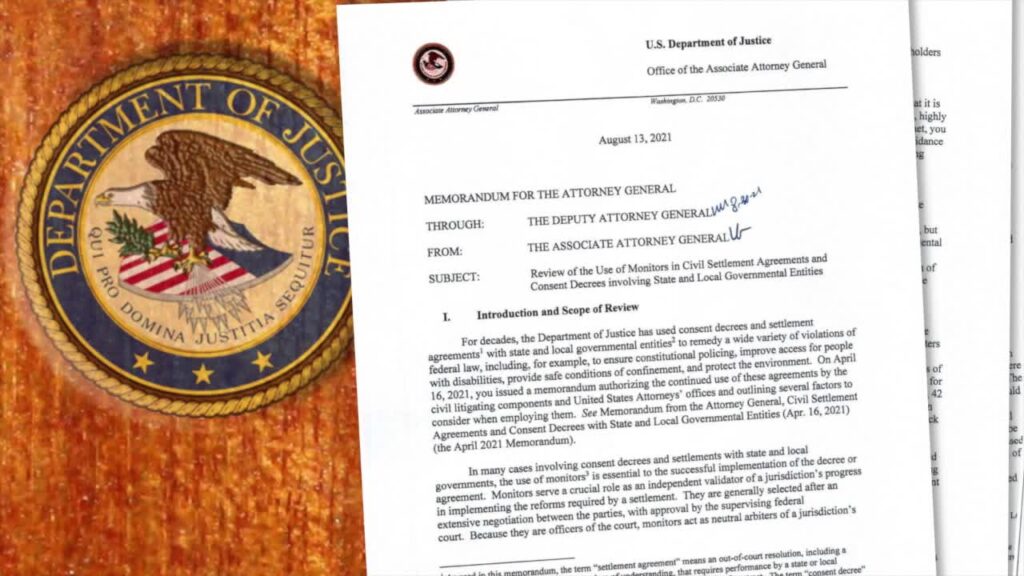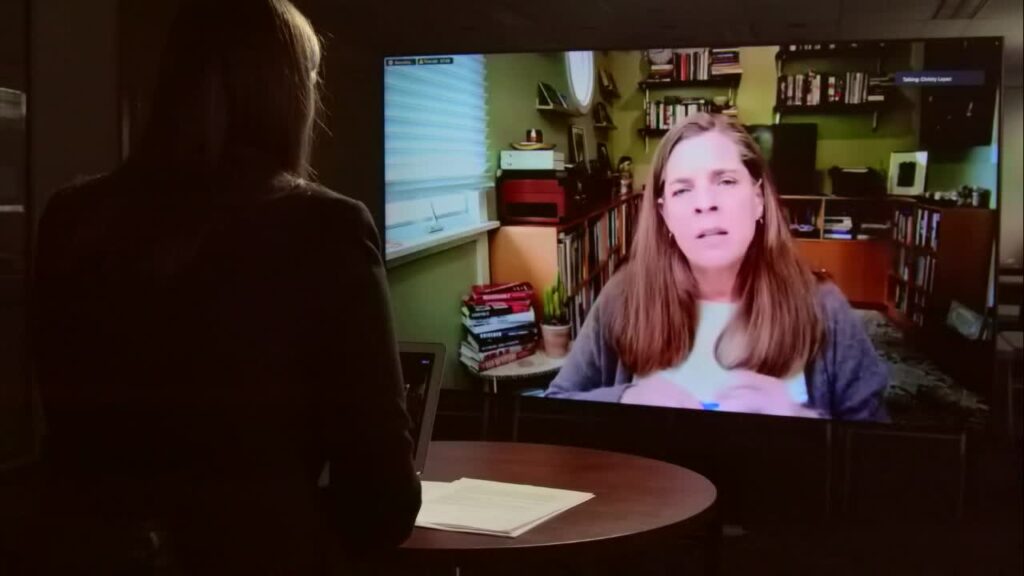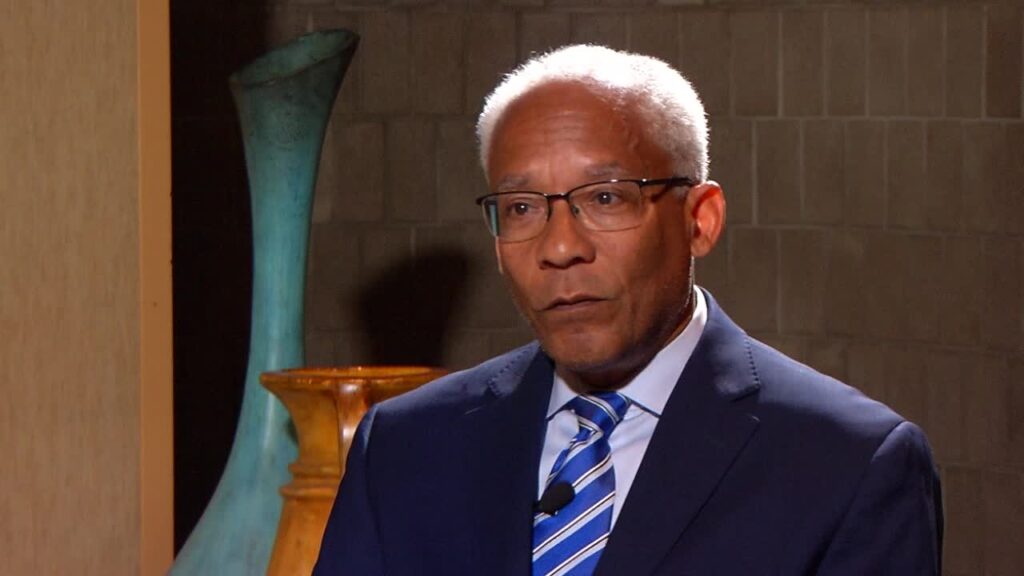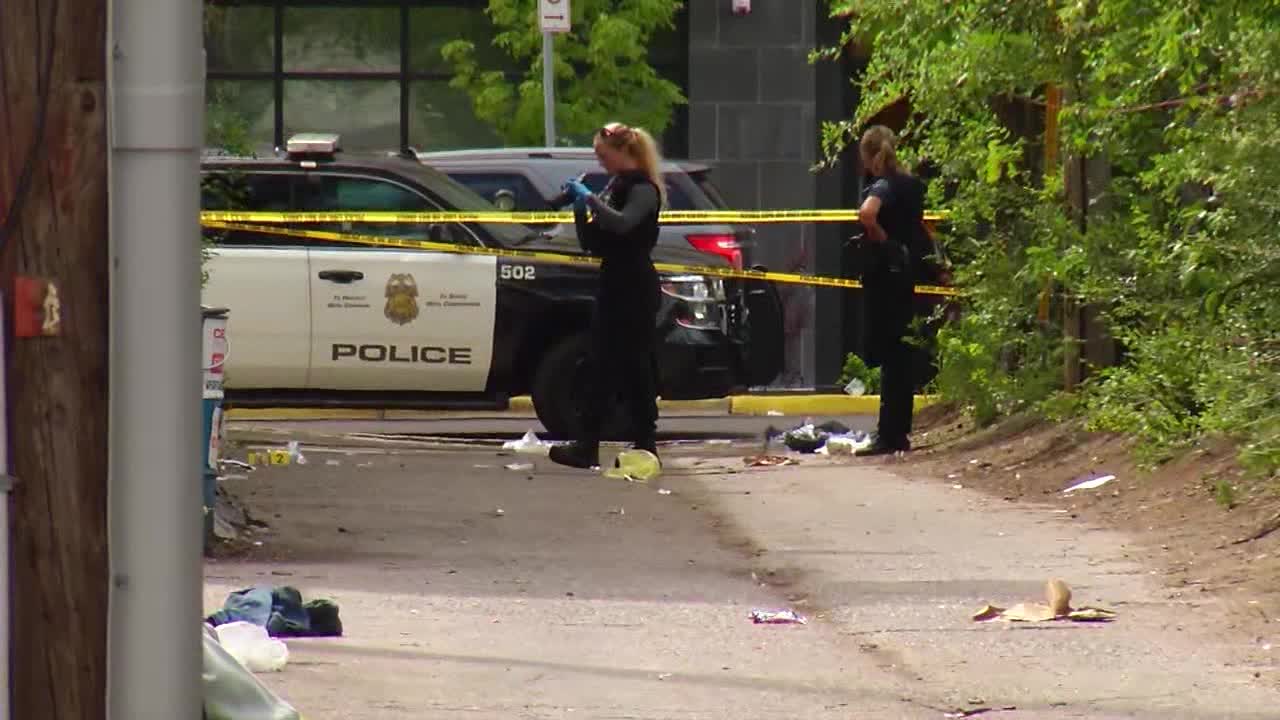Minneapolis, MN
Monitoring Minneapolis Police: The business behind overseeing court-ordered reforms

The Minneapolis Police Department (MPD) is facing an unprecedented challenge: two sets of court-ordered reforms.
Last year, the city entered into a settlement agreement with the Minnesota Department of Human Rights after an investigation found MPD engaged in a pattern or practice of race discrimination.
A similar, federal investigation is expected to result in a separate consent decree, overseen by the U.S. Department of Justice (DOJ).
The critical piece of both agreements is the independent monitor, a position that holds tremendous power and influence. The monitor, typically a group of individuals, will track MPD’s progress on the reforms and will ultimately recommend to the court when the oversight should be lifted.
Despite a growing need for monitors, a review of federal consent decrees across the country by 5 INVESTIGATES shows a small number of people doing this work in multiple cities.
Among them – David Douglass, the man chosen to lead the oversight of Minneapolis Police.
In March, the city signed a contract with Douglass’ nonprofit, Effective Law Enforcement For All, to serve as the independent evaluator overseeing the settlement agreement with the state.
Douglass is also the deputy monitor currently overseeing the federal consent decree between the U.S. Department of Justice and the New Orleans Police Department.
In an interview with 5 INVESTIGATES, Douglass said his work in New Orleans is winding down.
“We are all here and committed to devoting as much time as it’s necessary to get this work done,” he said.
However, the specialized nature of monitoring police departments under consent decrees, paired with the small pool of candidates, has prompted criticism that the niche business is a “cottage industry.”
In 2021, U.S. Attorney General Merrick Garland ordered a review of the use of monitors in consent decrees and other settlement agreements.
During the review, stakeholders urged the department “to do more to dispel the perception that monitoring is becoming a cottage industry, closed to outside voices,” according to a memo published months later.
Douglass said he doesn’t believe monitoring is a cottage industry.
“There is a monitor because the Department of Justice has identified a need,” he said during the interview. “To the extent that there is a need, then the need should be addressed. And I don’t know that I’m particularly troubled if there is an industry designed to eliminate decades – and in some sense, in some instances – centuries of policing that hasn’t been safe and effective for large segments of the community.”
DOJ recommendations
The DOJ memo laid out recommendations for using monitors in future consent decrees, including restricting the lead monitors’ participation in multiple consent decrees.
“Jurisdictions should not be deprived of subject matter experts whose unique knowledge makes them an asset to multiple monitorships,” the memo reads. “But the person serving as the lead monitor should be solely committed to the jurisdiction they are serving.”


When asked if anyone from the City of Minneapolis or state Department of Human Rights raised concerns about his continued involvement in New Orleans, Douglass said it was discussed, but that he wouldn’t characterize it as a concern or issue.
He said cities benefit from the experience monitors bring from other consent decrees and pushed back on the justice department’s recommendation.
“I don’t think there should be arbitrary rules about it,” he said. “I think each monitor should be judged on their track record.”
Christy Lopez agrees.
Lopez worked for two decades in the Civil Rights Division of the U.S. Department of Justice. She led multiple high-profile investigations of police departments, including in Ferguson, Missouri, after the death of Michael Brown.


“When people identify a monitor or monitoring team that they have confidence in, city leaders, DOJ, they want to go back to that same person or that same team,” she said.
But Lopez said consent decrees are expensive for cities, and the concern that a monitor may prolong their work to make more money is justified.
“I have seen a couple of monitors take that approach, and I try to call them out when I can,” she said.
Time is money
Last year, 5 INVESTIGATES analyzed consent decrees in a dozen other cities and found those mandates last an average of nine and a half years before the oversight is lifted.
Contract and invoice data show those cities have spent anywhere from $9 to $12 million on monitoring fees.
In its contract with ELEFA, the City of Minneapolis capped the budget at $1.5 million per year.
Douglass said the best way a city can reduce cost is for a city to work quickly to implement the reforms and sustain that work.
“We’re very committed to achieving change as quickly as we can, but it’s more important that we do it in the right way so that’s lasting,” he said. “If the city does its part, I think it can be out in four or five years.”



Minneapolis, MN
MPD need help finding missing 8-year-old Kaiyan Wright

MINNEAPOLIS — update: Police say that the 8-year-old has been found safe.
Original story:
Minneapolis Police are asking for the public’s help in finding a missing 8-year-old.
Police say that he was last seen around 4 P.M. Saturday near 34th and Emerson Avenue North. He was riding a green electric scooter at the time.
According to police, Wright was wearing a maroon sweatshirt, blue shorts and red and white croc shoes.
He is 5’3″ and has brown hair.
Police say that anyone who sees Kaiyan is asked to call 911 immediately.
Minneapolis, MN
Woman critically injured in shooting near encampment

A woman in her 20s was seriously injured after a shooting near an encampment in Minneapolis on Saturday.
A spokesperson for Minneapolis police said officers responded to the 2800 block of Park Avenue around 6 p.m. on a report of a shooting.
Law enforcement on Park Avenue found evidence of gunfire while the victim was located in an encampment on Columbus Avenue and 28th Street.
She was brought to Hennepin Healthcare for treatment of a life-threatening injury, according to Minneapolis police.
There have been no arrests or word on what led up to the shooting.
Minneapolis, MN
Bridge for Youth begins $700K renovation at Minneapolis shelter spaces

A Minneapolis nonprofit serving homeless youth will begin a $700,000 makeover of two of its shelters this summer, capping a multiyear effort that invited shelter residents into the design process.
The Bridge for Youth provides support services and temporary housing for teens and young parents. Its two emergency shelters, Resilience House and Gloria’s Place, share a building at 1111 W. 22nd St. in Minneapolis. The first phase of demolition is underway, and renovations are set to begin in the coming weeks.
Resilience House provides 24-hour shelter, case management, food and health care for youths ages 10-17. Gloria’s Place is the only emergency shelter in Minnesota for pregnant teens and teen parents ages 15-17; it has space for up to six families.
According to the agency, 50% of young people experiencing homelessness in Hennepin County are pregnant or have children.
The building was purchased and first renovated nearly 16 years ago, Executive Director Lisa Mears said. Since then, it has been “feeling fatigued,” she said. This summer’s renovations will include new flooring, paint and furniture.
Another major reason for the renovation was to incorporate design feedback from current and former shelter residents. The designs are aimed to create spaces “where youth can heal and feel safe” from personal traumatic experiences, Mears said.
In 2021, three Dunwoody College students were brought onto the project to craft designs that would inspire the renovations. Carissa Friendshuh, Marco Salazar and Austin Rastall were fifth-year architecture students who spent about a year working on designs. They interviewed shelter residents, did research and toured the facility.
The students worked to make the facility feel more open and comfortable. Their designs were intentional about lighting, colors and having nooks tucked away for privacy within shared spaces.
“You want to be in a space that’s inviting, that feels safe, that feels secure, but also you’re able to get some freedom in it,” Rastall said. That concept was carried throughout the design decisions, he added.
Salazar said working on the project was a “full circle” moment because his sister was a shelter resident several years ago.
The Legislature last year provided $500,000 for the renovations, and the Bridge added $200,000.
The nonprofit this year campaigned unsuccessfully at the Capitol for $3.5 million to add 15 transitional housing units to a current facility, Marlene’s Place, and 24 non-time limited supportive housing units at a new site. Mears said Bridge officials are discussing their next steps.
About the partnership
This story comes to you from Sahan Journal, a nonprofit newsroom dedicated to covering Minnesota’s immigrants and communities of color. Sign up for a free newsletter to receive Sahan’s stories in your inbox.
-

 News1 week ago
News1 week agoIsrael used a U.S.-made bomb in a deadly U.N. school strike in Gaza
-

 World1 week ago
World1 week agoFrance to provide Ukraine with its Mirage combat aircraft
-

 News1 week ago
News1 week agoNonprofit CFO Accused of 'Simply Astonishing' Fraud
-

 World1 week ago
World1 week agoRussia-Ukraine war: List of key events, day 833
-

 Politics1 week ago
Politics1 week agoGeorge Clooney called White House to complain about Biden’s criticism of ICC and defend wife’s work: report
-

 Politics1 week ago
Politics1 week agoNewson, Dem leaders try to negotiate Prop 47 reform off California ballots, as GOP wants to let voters decide
-

 World1 week ago
World1 week ago‘Bloody policies’: Bodies of 11 refugees and migrants recovered off Libya
-

 Politics1 week ago
Politics1 week agoEmbattled Biden border order loaded with loopholes 'to drive a truck through': critics



















